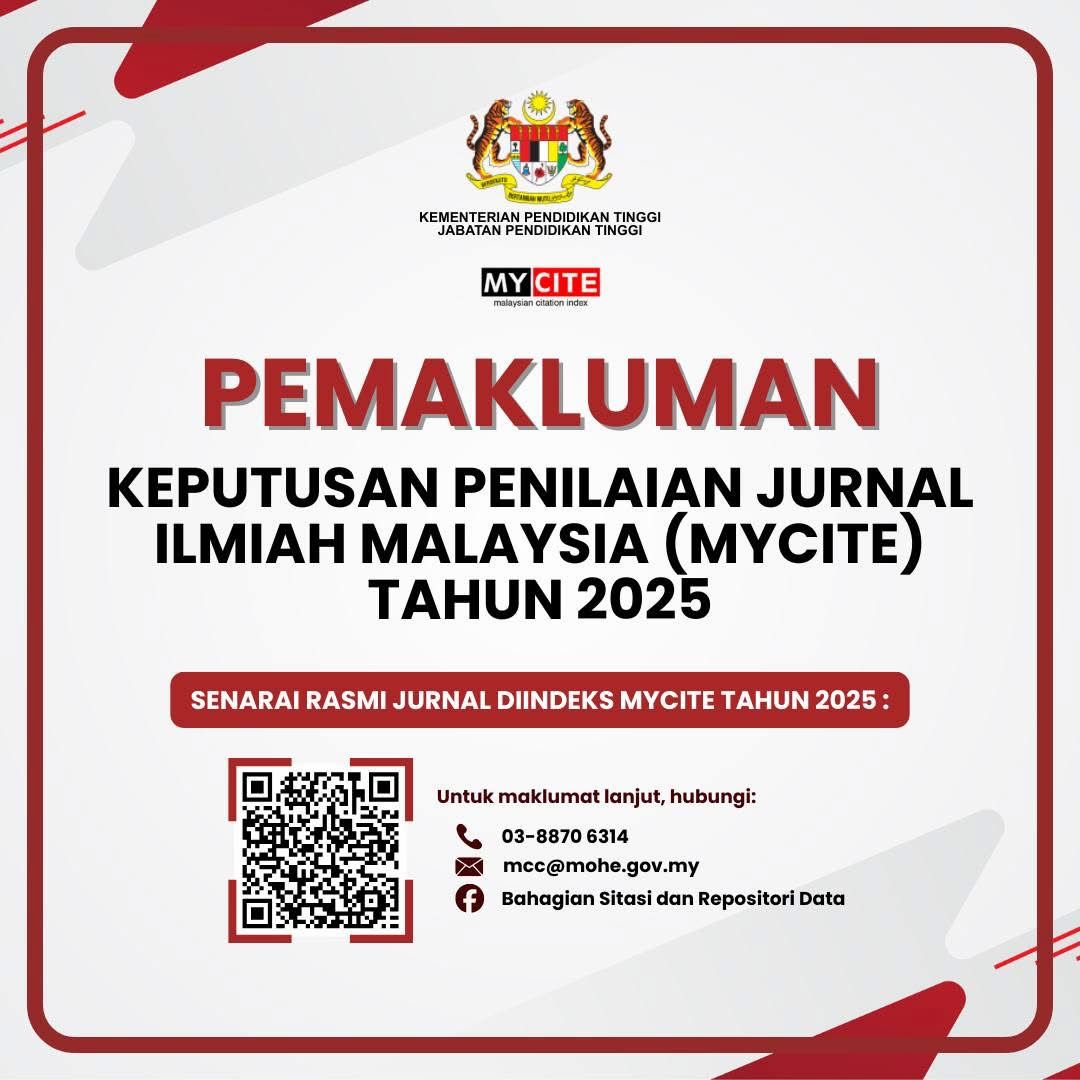From Pixel to Pavement: Exploring the Significance of Sustainable Typotecture in University Campus Environments
DOI:
https://doi.org/10.24191/idealogy.v9i2.641Keywords:
Environment, Image and Identity, Sustainable, Typography, TypotectureAbstract
Universities must provide facilities that promote student well-being and support the development of an ecologically conscious generation through sustainable campus activities. Considering the functional design of everyday student facilities is crucial since student activities rely heavily on resource availability and adaptability. This study explores the sustainable design of a large-scale typographic bench, or "typotecture," prominently displaying the acronym "FSSR" on university campuses. The objective is to identify the significance of installing sustainable typotecture in campus open spaces. Through distributing 160 questionnaires and conducting quantitative analysis using IBM's SPSS Statistics 25 software, the research examines the multifaceted impact of this sustainable design feature. The findings highlight the profound influence of sustainable typotecture in enhancing institutional image and fostering community cohesion. It serves as a symbolic representation of institutional identity, eliciting a sense of pride and belonging among students, faculty, and visitors. Additionally, the study reveals its role in raising awareness and appreciation for typography and landscape architecture, stimulating educational dialogue, and fostering interdisciplinary learning within university settings. Sustainable typotecture contributes to creating vibrant, eco-friendly campus environments, aligning with environmentally friendly practices outlined in the UI Green Metric World University Rankings. It also enhances satisfaction with green spaces. Overall, this research underscores the transformative potential of sustainable typotecture in enriching the academic experience, supporting institutional goals, and promoting environmental sustainability within university campuses.
Keywords: Environment, Image and Identity, Sustainable, Typography, Typotecture
References
Factors affecting the perception and use of outdoor spaces at the University of
Jordan. Environment and behavior, 31(6), 764-804.
Atwa, S. M. H., Ibrahim, M. G., Saleh, A. M., & Murata, R. (2019). Development of
sustainable landscape design guidelines for a green business park using virtual reality.
Sustainable Cities and Society, 48, 101543.
Falahatkar, H., & Aminzadeh, B. (2020). The sense of place and its influence on place
branding: a case study of Sanandaj natural landscape in Iran. Landscape Research, 45,
123 - 136. https://doi.org/10.1080/01426397.2018.1560401.
Martiningrum, I. (2020). The Meaning of Typographic Design in Malang Urban Space:
Based on Signs and Objects Relations. 195(Hunian 2019), 119–123.
https://doi.org/10.2991/aer.k.200729.019
Savitri, M. (2021). Sustainable Campus Architecture and Society 5.0. IOP Conference Series:
Earth
and
Environmental
Science,
794.
https://doi.org/10.1088/1755
1315/794/1/012240.
N., T., B., A., & F., E. (2023). The Significance of University Crests from Both Cultural and
Historical Perspectives: A Case Study of the University of Education, Winneba,
Ghana.
The International Journal of Humanities & Social Studies.
https://doi.org/10.24940/theijhss/2023/v11/i5/hs2305-013.
Siyanbola, A., Oladesu, J., Afolabi̇ , B., & Uzzi, F. (2023). Adapting Flat Design Concept in
Digital Graphics to Wayfinding Signage Development: Redirecting Movement and
Recreating the Environment. VCD. https://doi.org/10.37715/vcd.v8i1.3207.
Filho, W., & Brandli, L. (2016). Engaging Stakeholders in Education for Sustainable
Development at University Level. Engaging Stakeholders in Education for
Sustainable Development at University Level. https://doi.org/10.1007/978-3-319
26734-0.
Owusu-Agyeman, Y. (2021). The relationship between supportive campus
environment and cultural diversity in enhancing students’ sense of belonging in
higher education. Journal for Multicultural Education. https://doi.org/10.1108/jme-06
2021-0089.
Ridha, A. (2020). Environmental Utilization of Indonesian Language Learning Media
https://doi.org/10.31219/osf.io/akqdu.
Tudorie, C., Vallés-Planells, M., Gielen, E., Arroyo, R., & Galiana, F. (2020). Towards a
Greener University: Perceptions of Landscape Services in Campus Open Space.
Sustainability. https://doi.org/10.3390/su12156047.
Mao, Q., Wang, L., Guo, Q., Li, Y., Liu, M., & Xu, G. (2020). Evaluating Cultural
Ecosystem Services of Urban Residential Green Spaces From the Perspective of
Residents’ Satisfaction With Green Space. Frontiers in Public Health, 8(July), 1–16.
https://doi.org/10.3389/fpubh.2020.00226
Azeez, S., Mustafa, F., & Ahmed, R. (2023). The Role of the Active Design Approach in
Improving the Environmental Psychology of a Healthy Built Environment: The Case
of a University Campus. Buildings. https://doi.org/10.3390/buildings13081999.
Mak, M. Y., & Ho, A. G. (2019, July). The Advertising Effects of Typotecture:
Associated Learning Factors and Emotions. In International Conference on
Applied Human Factors and Ergonomics (pp. 182-193). Springer, Cham.
Chernyavskaya, V. (2022). Typographic landscape in urban space: a sociolinguistic approach.
Slovo.ru: Baltic accent. https://doi.org/10.5922/2225-5346-2022-4-5.
Downloads
Published
Issue
Section
License
UiTM Press (the Publisher) has agreed to publish the undersigned author’s paper in Idealogy Journal. The agreement is contingent upon the fulfilment of a number of requirements listed below.
1. The undersigned author warrants that the paper entitled below is original, that it is not in any way libellous or unlawful in Malaysia, that it does not infringe any copyright or other proprietary right. The undersigned hereby represents and warrants that he/she is the author of the paper, except for material that is clearly identified as to its original source, with permission notices from the copyright owners where required. The undersigned represents that he/she has the power and authority to sign and execute this agreement.
2. The undersigned author warrants that the paper entitled below has not been published elsewhere, and also it will not be submitted anywhere else for publication prior to acceptance/rejection by this Journal.
3. By submitting the paper entitled below, the undersigned author agrees to transfer the rights to publish and distribute the paper in an international e-journal (entitled above) to Publisher.
4. The undersigned author agrees to make a reasonable effort to conform to Publisher's submission guidelines and to liaise with the editor to ensure that the requirements of these guidelines are met to a reasonable degree.
5. The corresponding author signs for and accepts responsibility for releasing this material on behalf of any and all coauthors. This agreement is to be signed by at least one of the authors who has obtained the assent of the co-author(s) where applicable. After submission of this agreement signed by the corresponding author, changes of authorship or in the order of the authors listed will not be accepted.




